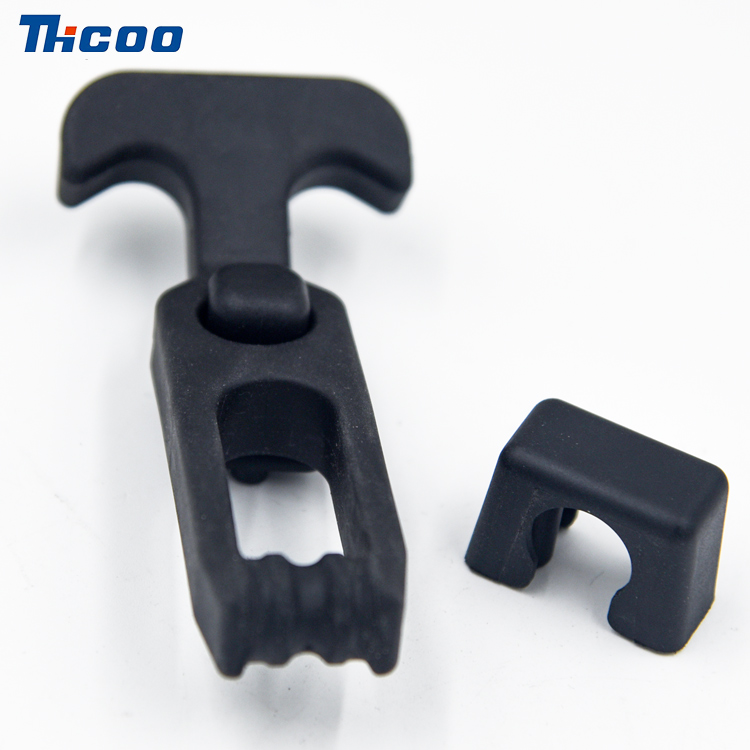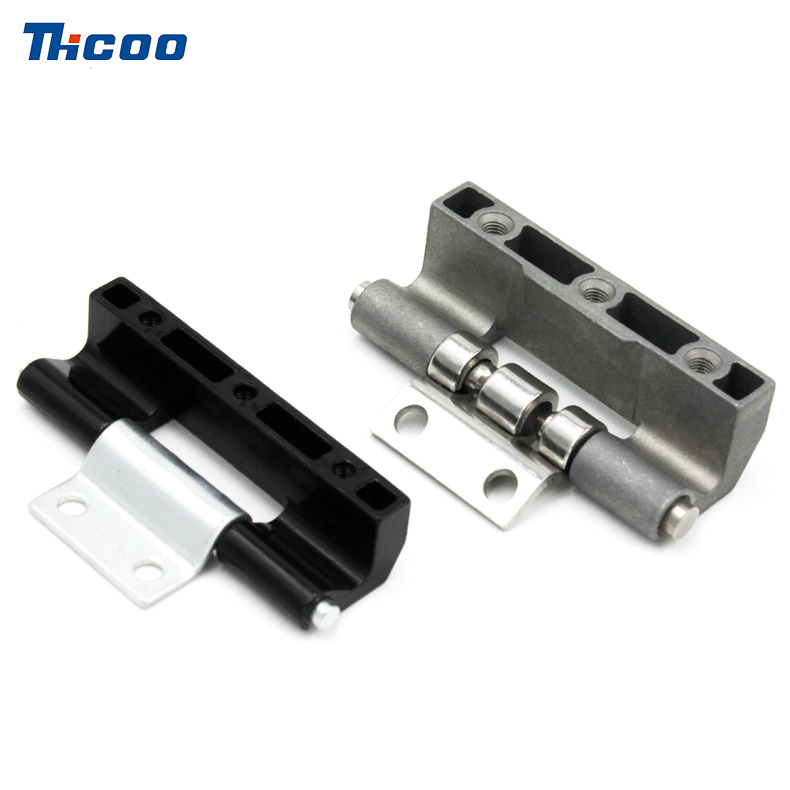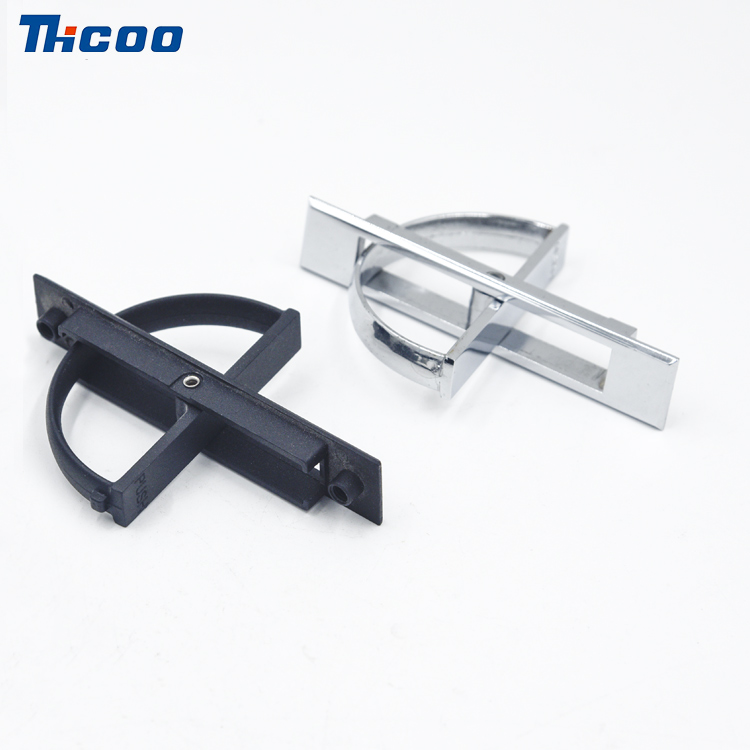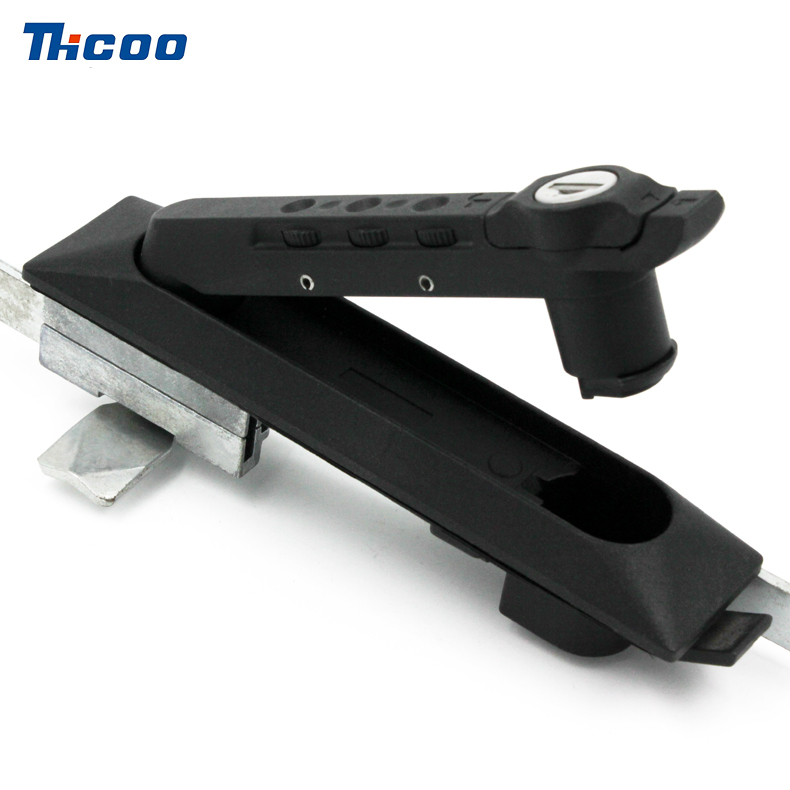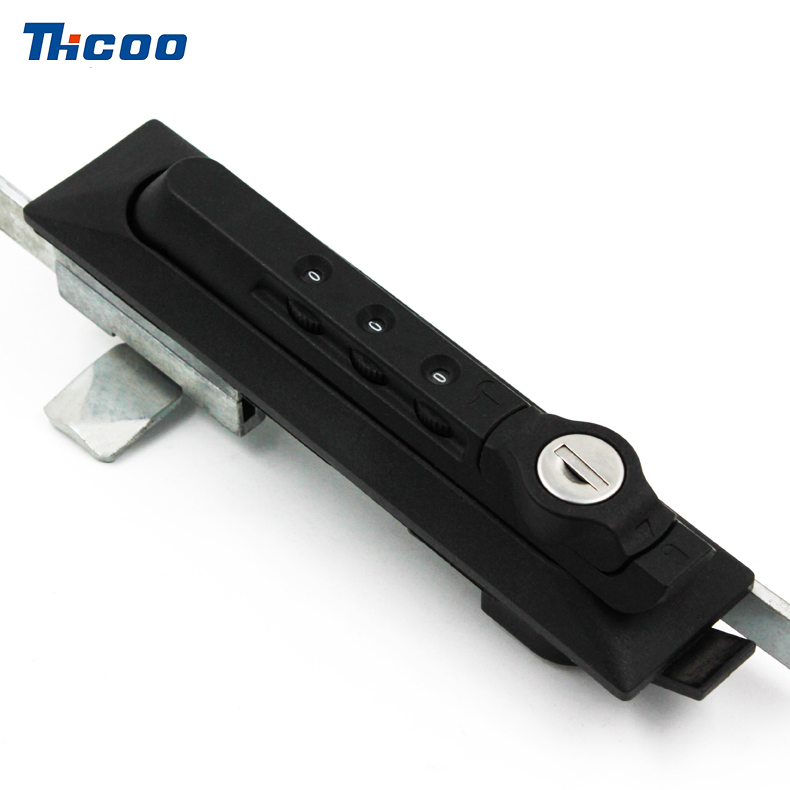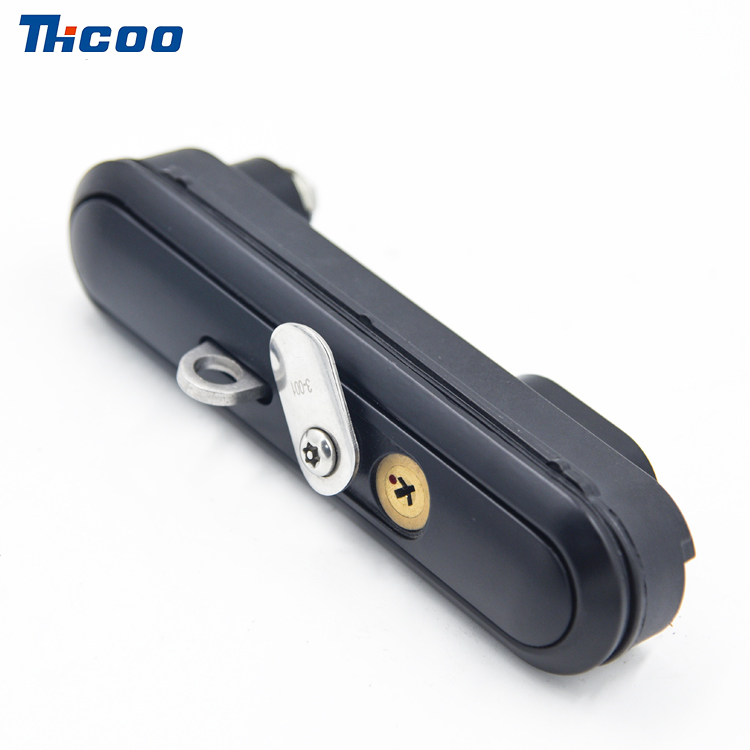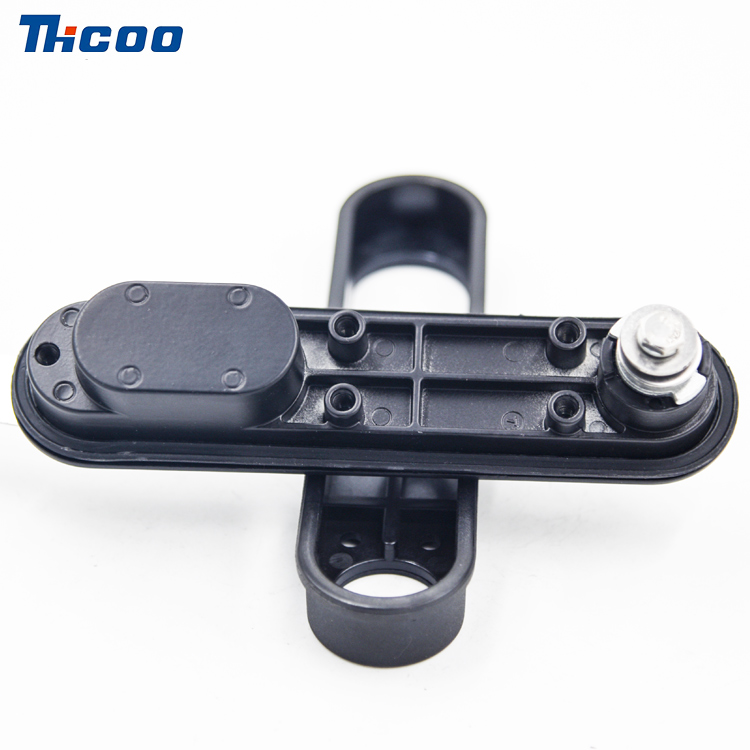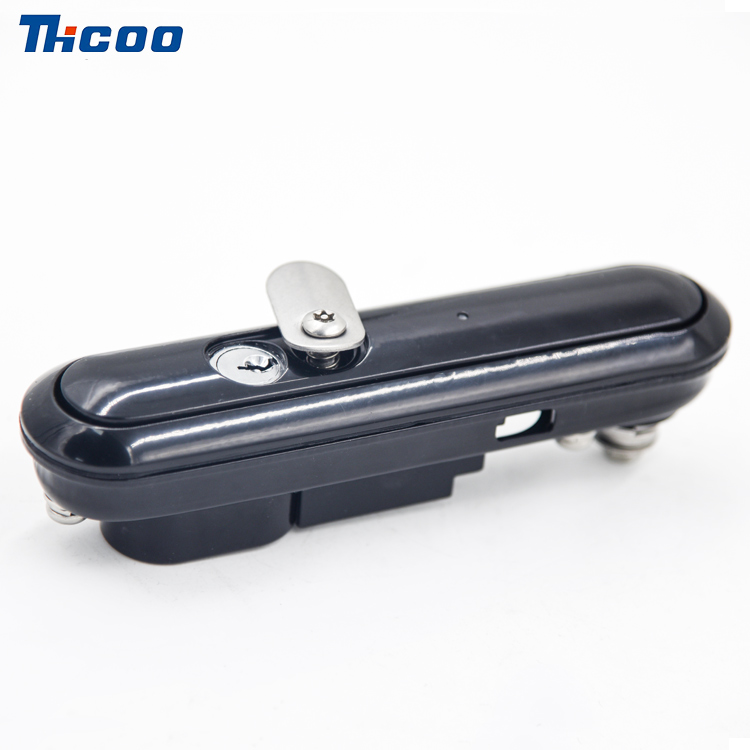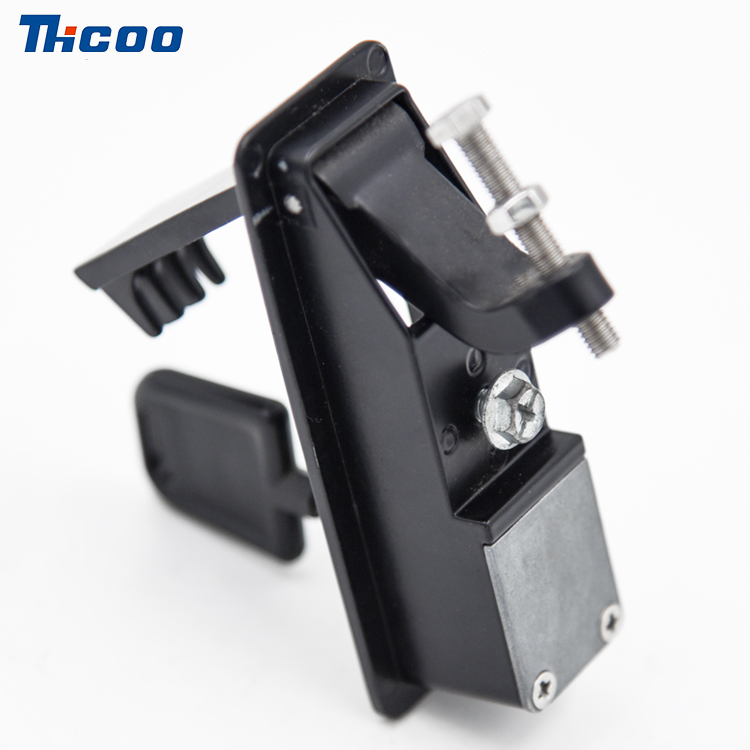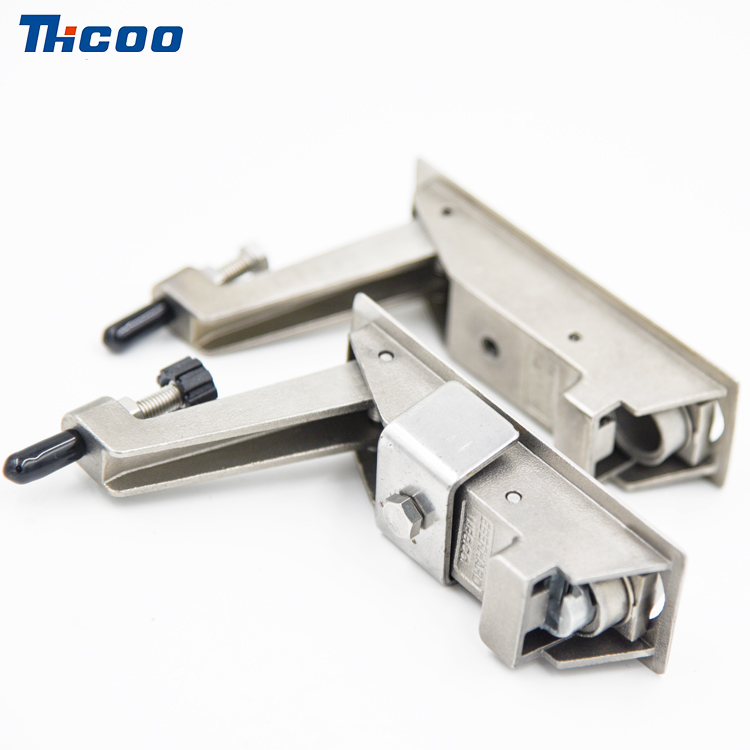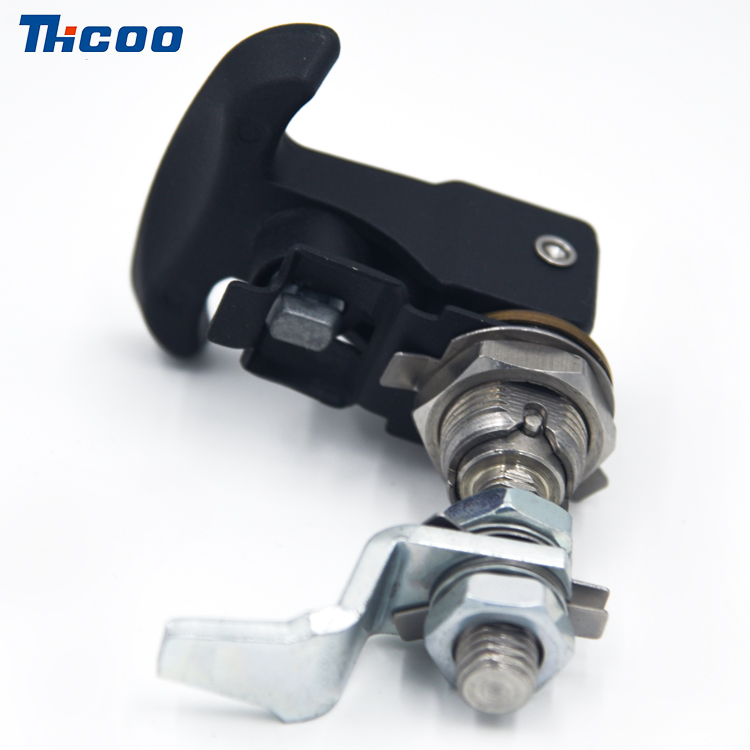Rod control locks are a type of locking mechanism used to secure doors and windows. They typically consist of a rod or bar that extends across the door or window, with a locking mechanism attached to one end. Here are some of the different types of rod control locks and their uses:
1. Surface-mounted rod control locks: These locks are mounted on the surface of the door or window frame and are often used on sliding doors or windows. They are easy to install and can be locked and unlocked from the inside with a key or thumb turn.
2. Mortise rod control locks: These locks are recessed into the door or window frame and are often used on hinged doors or windows. They are more secure than surface-mounted locks as the locking mechanism is hidden from view.
3. Multipoint rod control locks: These locks have multiple locking points along the length of the rod, providing extra security for doors and windows. They are often used on patio doors or other large sliding doors.
4. Tilt rod control locks: These locks are used on tilt-and-turn windows, which can be opened by either tilting the window inward or swinging it open like a door. The tilt rod control lock allows the window to be locked in the tilt position for ventilation, while still providing security.
5. Deadbolt rod control locks: These locks are designed to provide extra security for doors and windows by adding a deadbolt to the locking mechanism. They are often used on exterior doors or windows in high-security applications.
Overall, rod control locks are a versatile and reliable option for securing doors and windows in both residential and commercial applications. The type of lock used will depend on the specific application and level of security required.

 English
English Deutsch
Deutsch 简体中文
简体中文 languages
languages 

